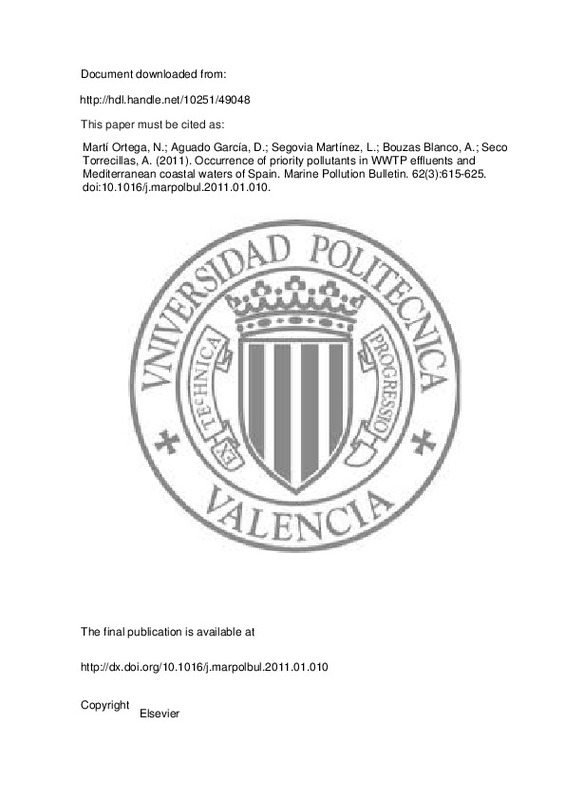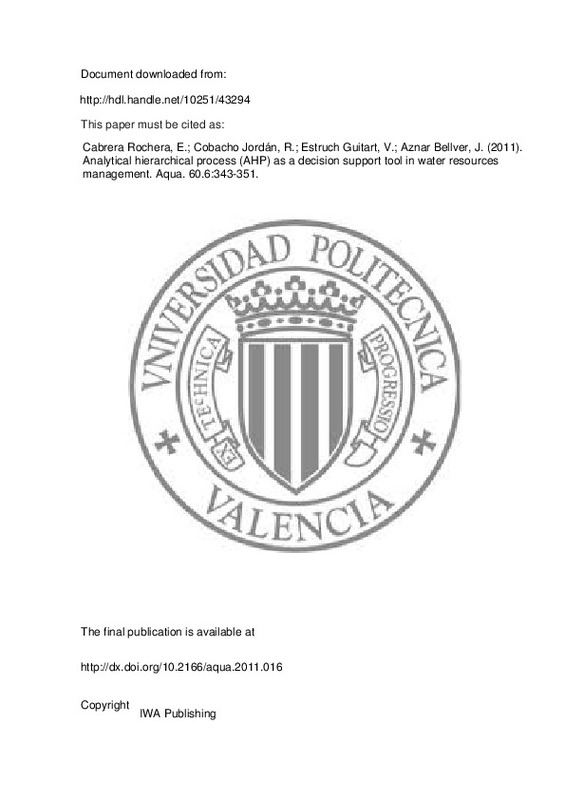JavaScript is disabled for your browser. Some features of this site may not work without it.
Buscar en RiuNet
Listar
Mi cuenta
Estadísticas
Ayuda RiuNet
Admin. UPV
The importance of considering pollution along the coast from heavily modified water bodies under the Water Framework Directive
Mostrar el registro completo del ítem
Temino-Boes, R.; Romero Gil, I.; Martínez-Guijarro, R.; Paches Giner, MAV. (2018). The importance of considering pollution along the coast from heavily modified water bodies under the Water Framework Directive. WIT Transactions on Ecology and the Environment. 228:306-317. https://doi.org/10.245/WP180291
Por favor, use este identificador para citar o enlazar este ítem: http://hdl.handle.net/10251/117754
Ficheros en el ítem
Metadatos del ítem
| Título: | The importance of considering pollution along the coast from heavily modified water bodies under the Water Framework Directive | |
| Autor: | Temino-Boes, Regina | |
| Entidad UPV: |
|
|
| Fecha difusión: |
|
|
| Resumen: |
[EN] The European Water Framework Directive aims to achieve a good status of all inland and coastal waters in the European Union by evaluating the status and the anthropogenic pressures to natural water bodies. As such, ...[+]
|
|
| Palabras clave: |
|
|
| Derechos de uso: | Reserva de todos los derechos | |
| Fuente: |
|
|
| DOI: |
|
|
| Editorial: |
|
|
| Versión del editor: | http://doi.org/10.245/WP180291 | |
| Tipo: |
|












